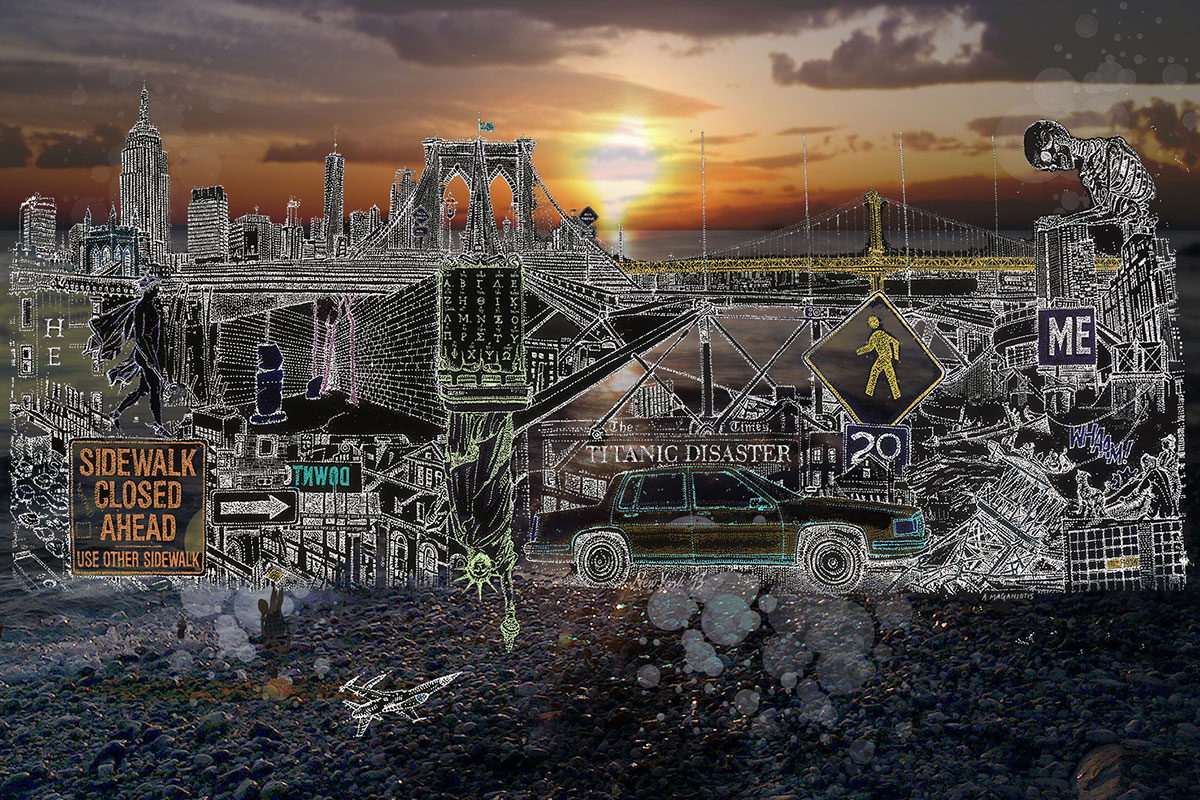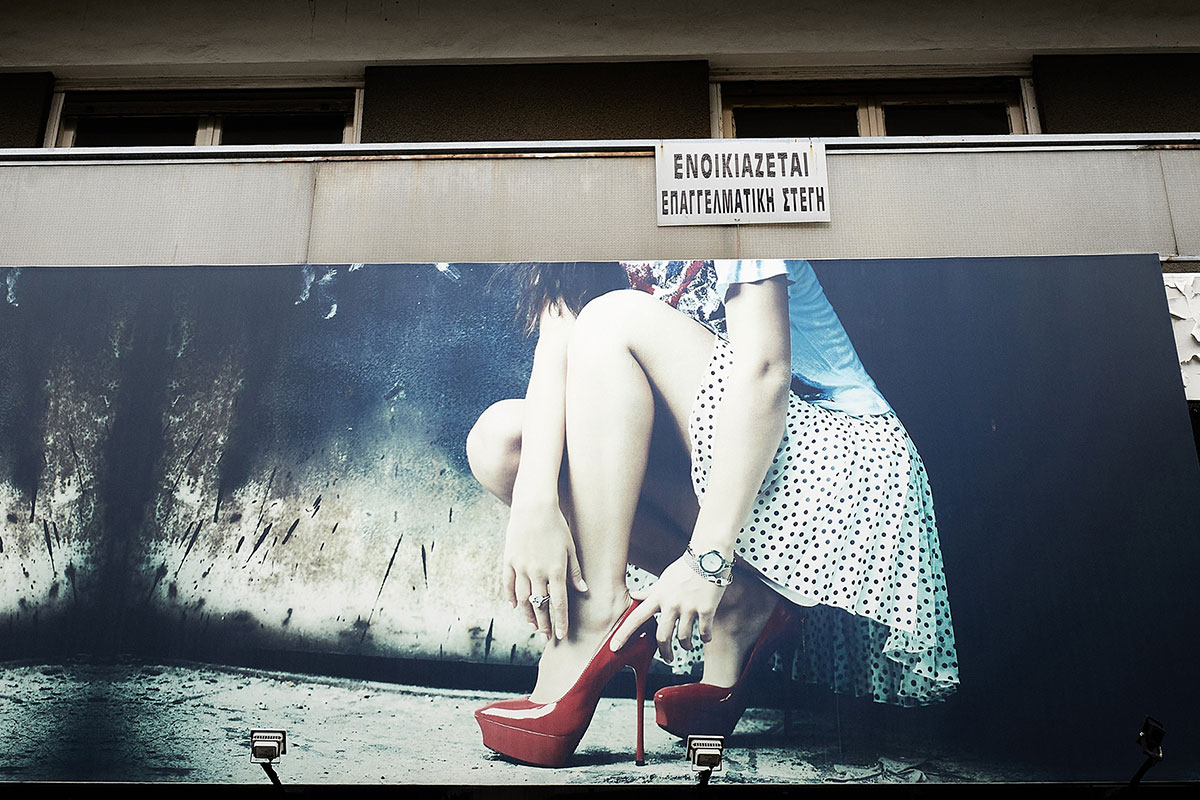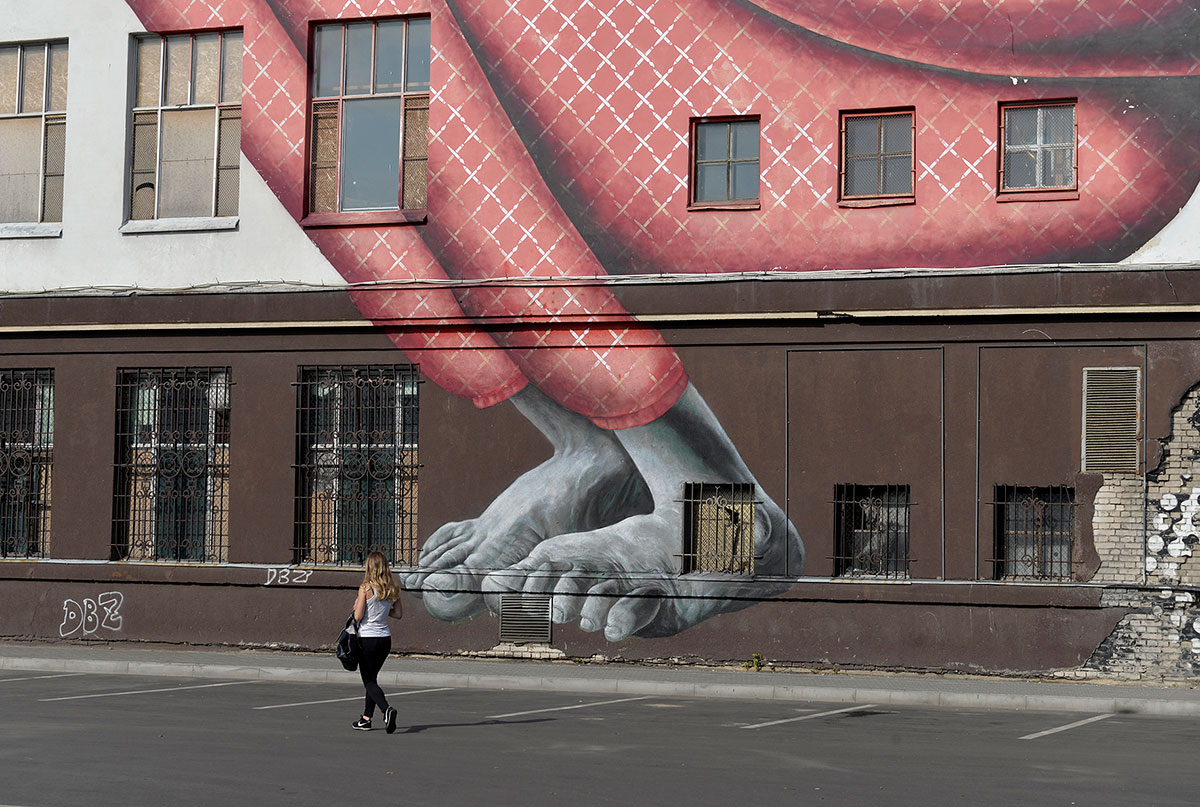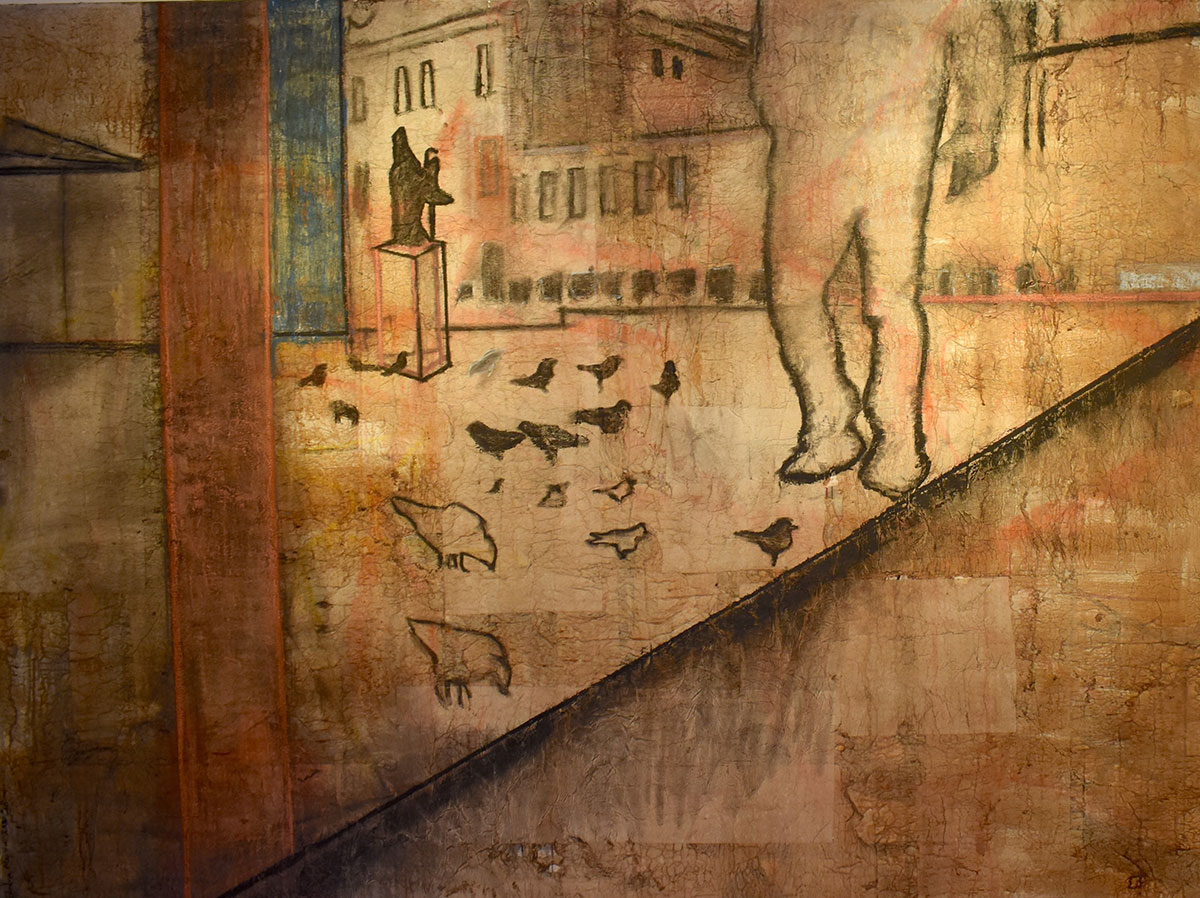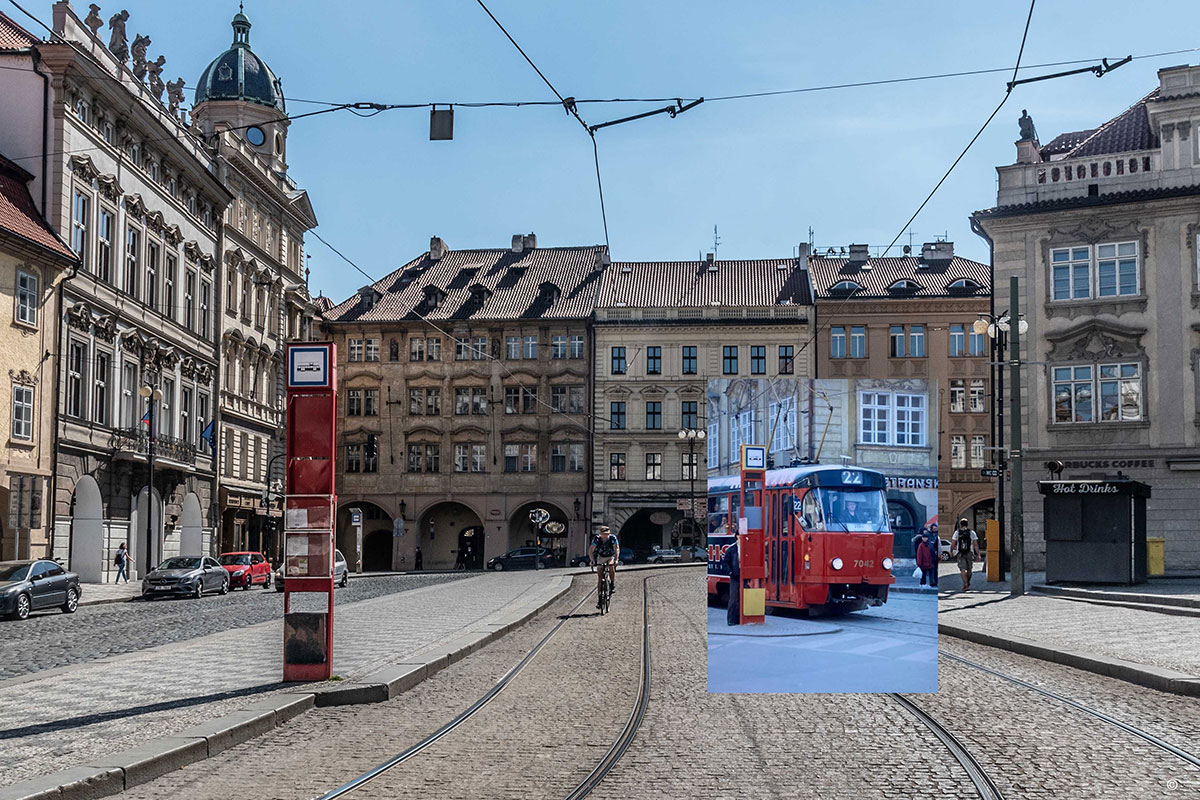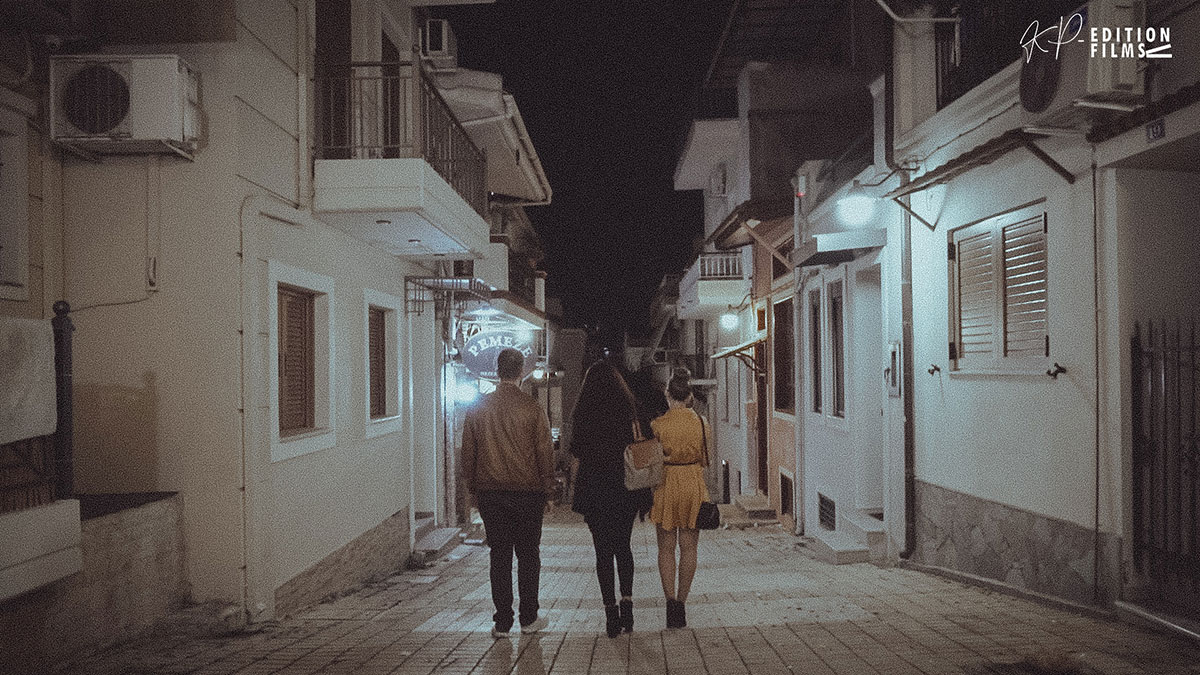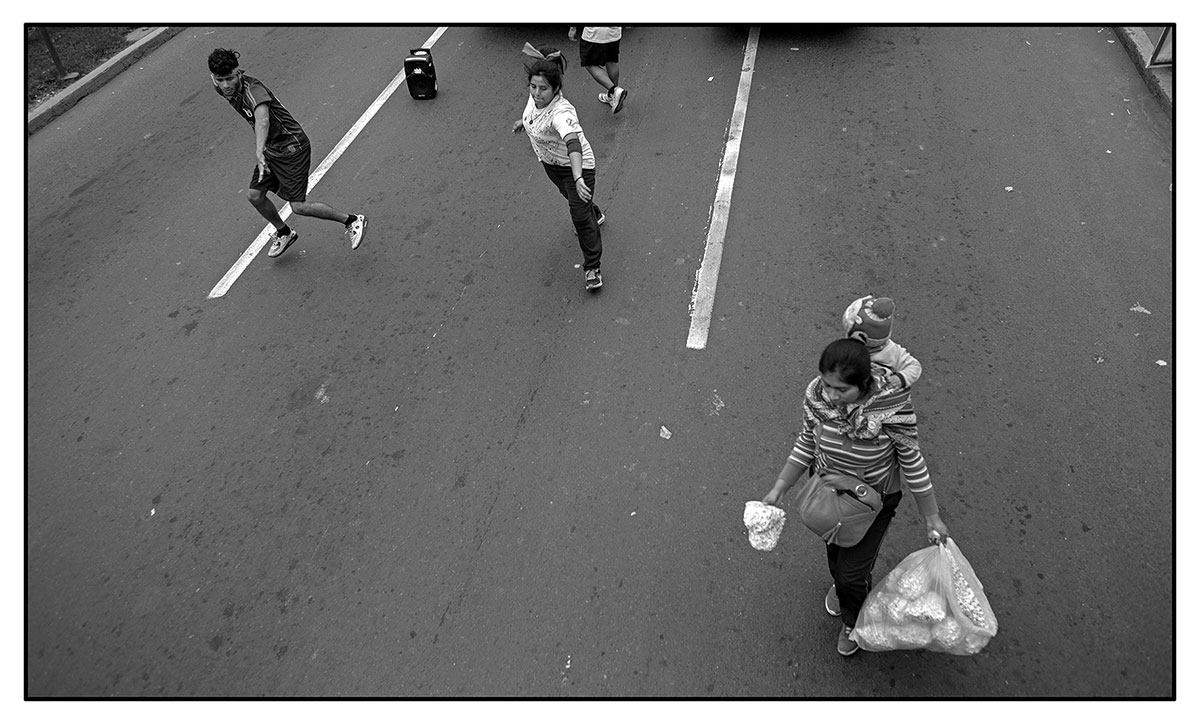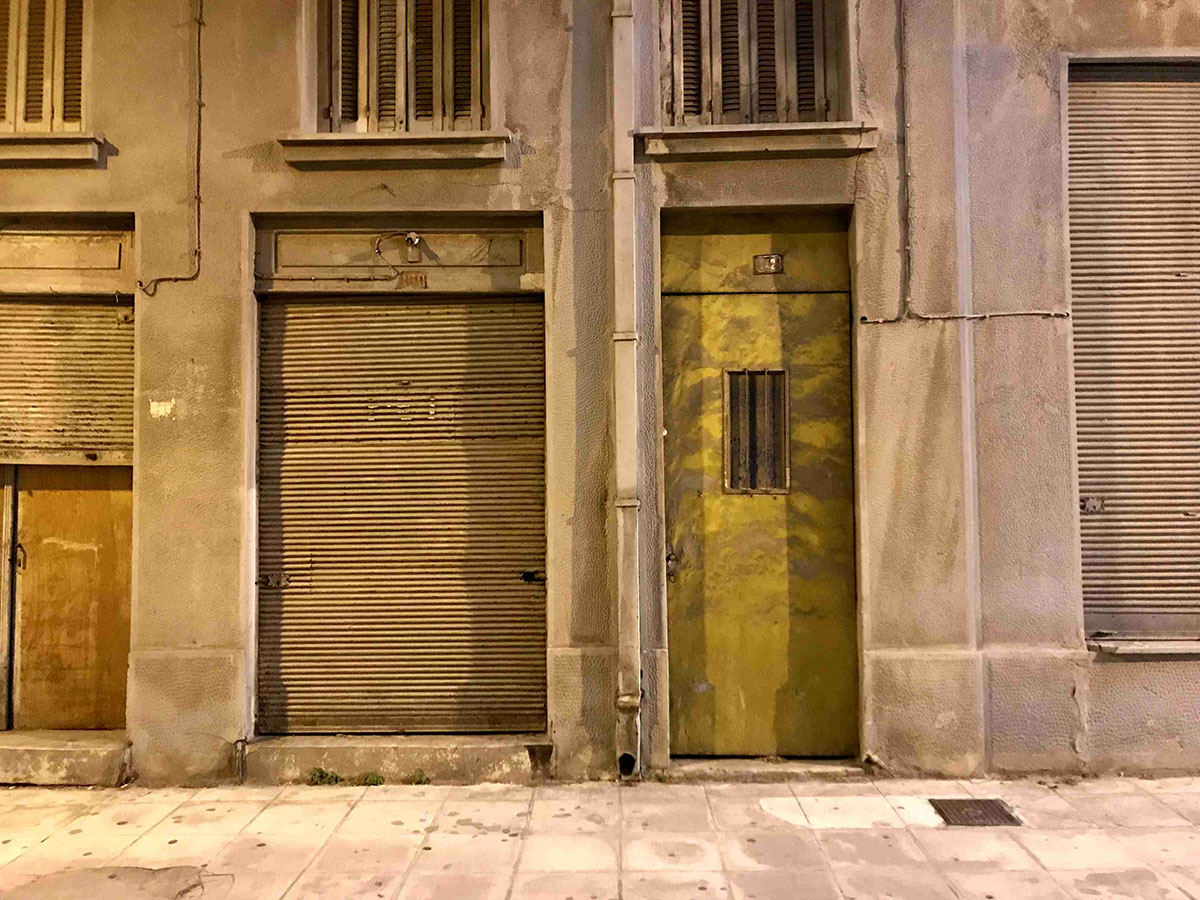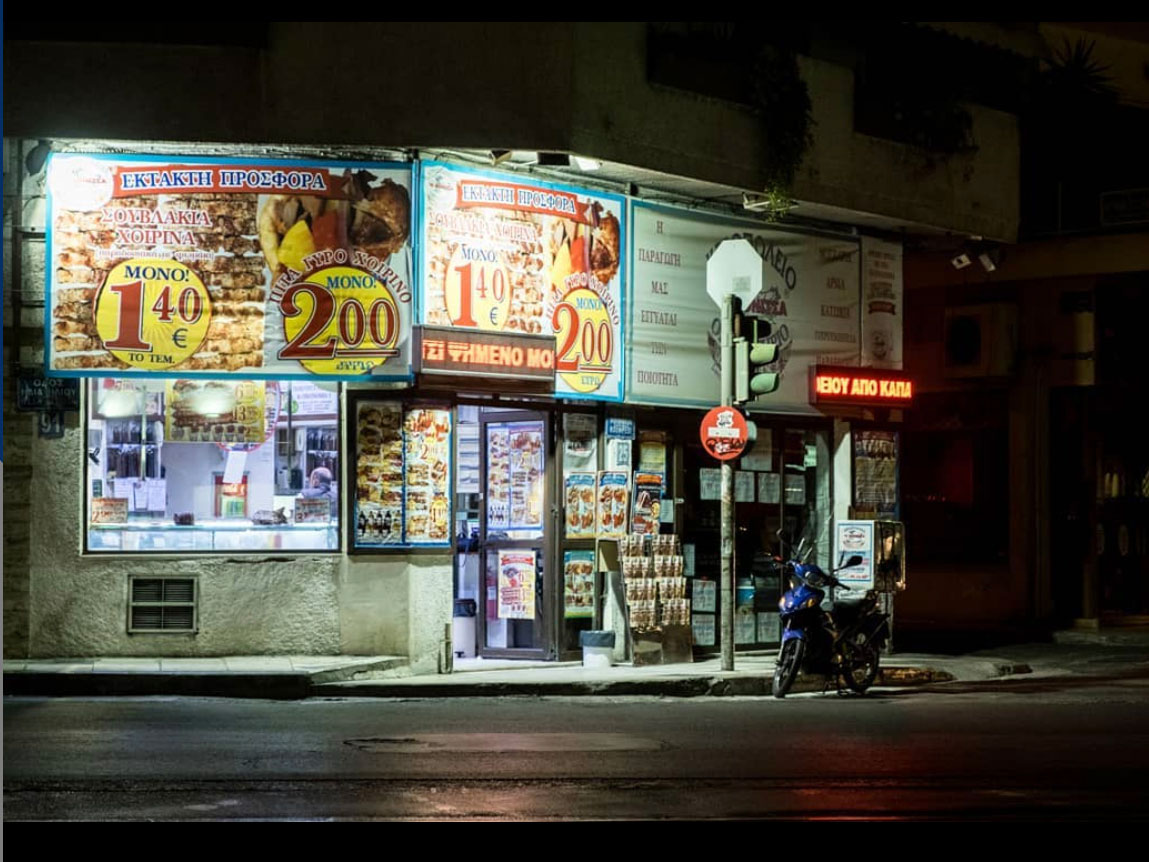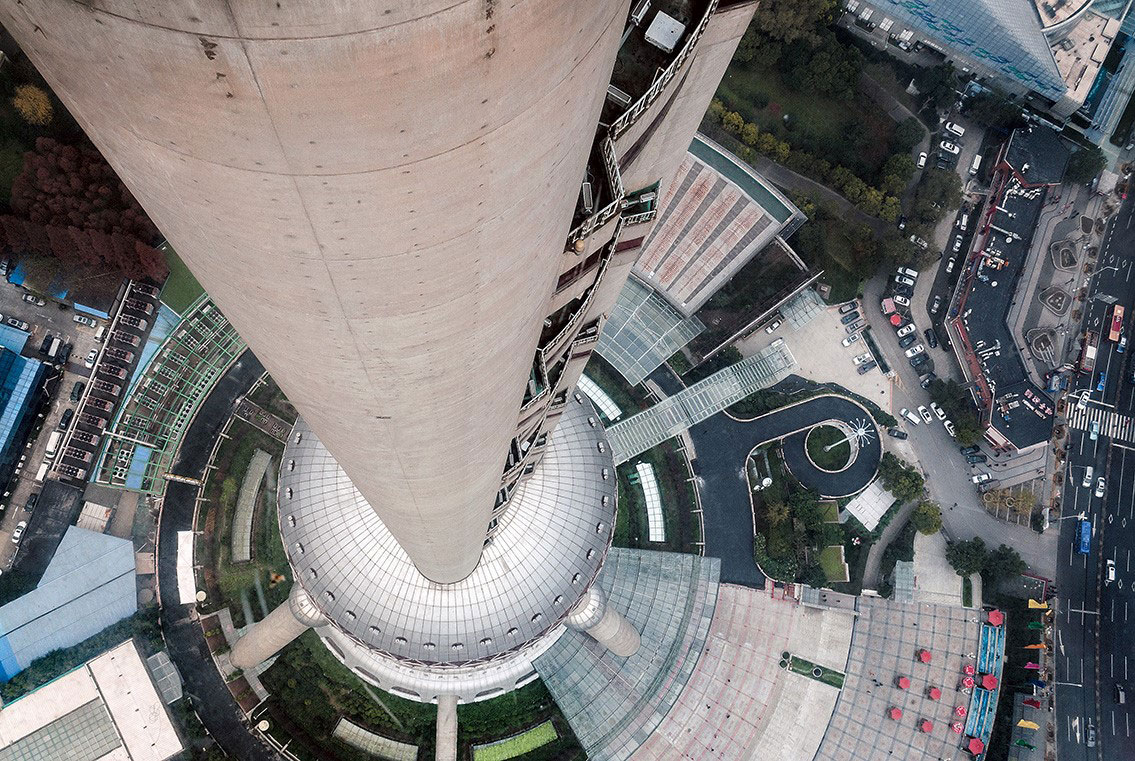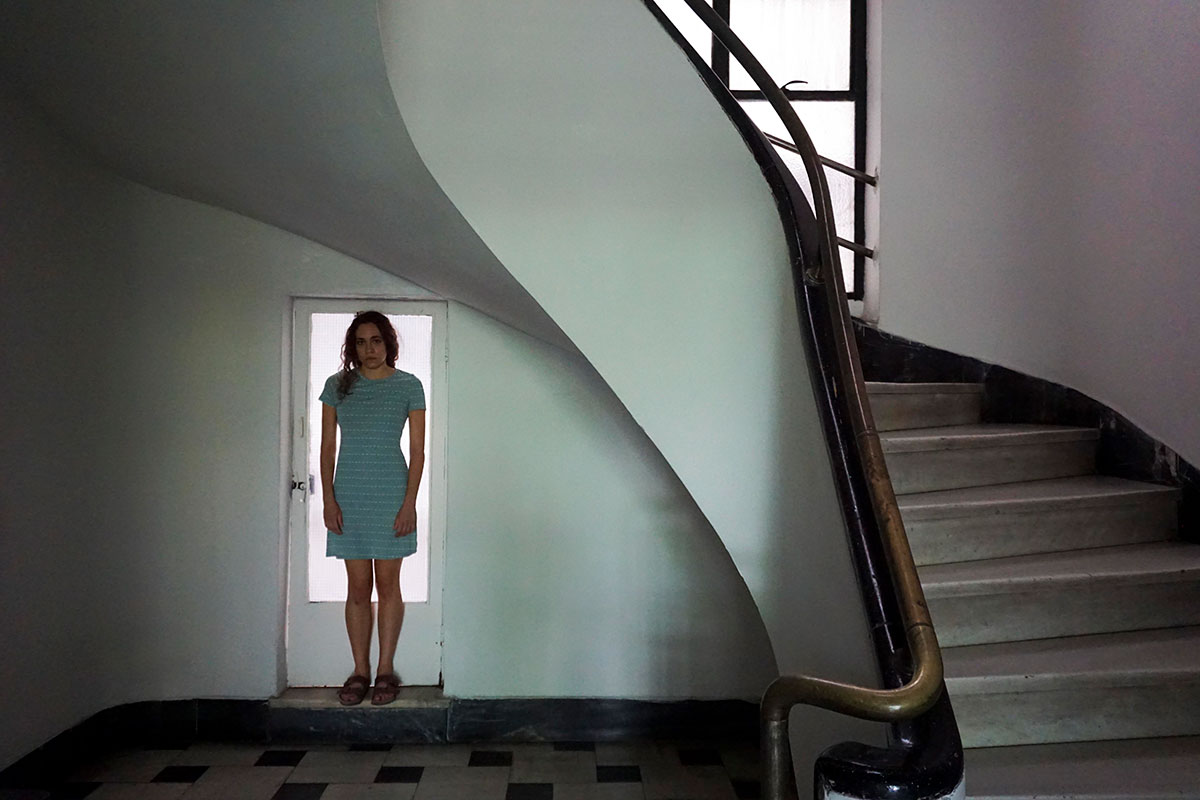ART CITIES:Athens-Invisible Cities | Continuous Cities
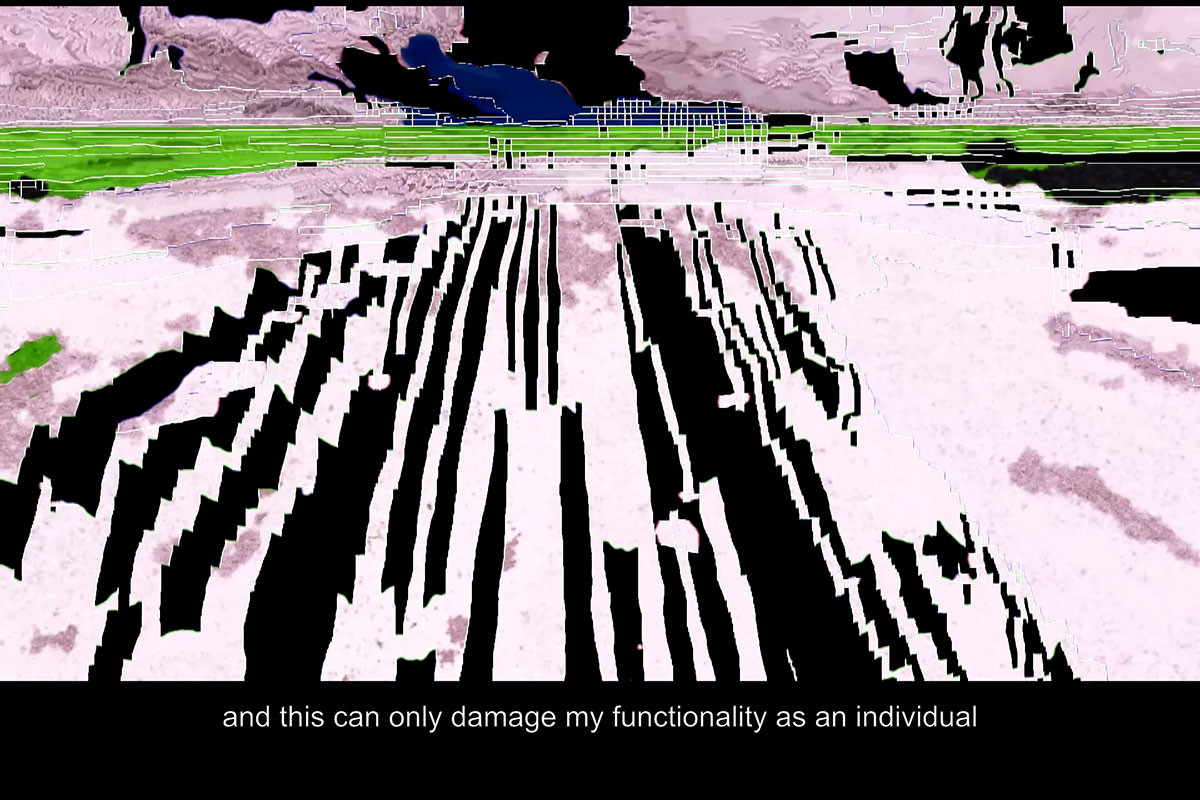 There are three basic forms of representation that we use to understand a project and its context: aerial views, that serve to locate and give it scale, ground level perspectives to illustrate what it might feel like to inhabit that space, and models which are miniature versions that can be wholly viewed. At the same time, we need written narratives, films and photographs to describe or to assimilate into the social and cultural environment we are working in.
There are three basic forms of representation that we use to understand a project and its context: aerial views, that serve to locate and give it scale, ground level perspectives to illustrate what it might feel like to inhabit that space, and models which are miniature versions that can be wholly viewed. At the same time, we need written narratives, films and photographs to describe or to assimilate into the social and cultural environment we are working in.
By Dimitris Lempesis
Photo: The Project Gallery Archive
To “know” a place it is necessary to be able to describe its physical attributes and to carry stories and memories of events that have taken place within its confines. In his book “Invisible Cities” Italo Calvino gives a fictional account of a young Marco Polo diverting the Emperor Kublai Khan with stories of the places he has visited during his travels. Eventually it becomes clear that each of the places Marco has described is actually different versions of the same city. In the end, he reveals the fiction to the emperor. Calvino’s storytelling reminds us that the image of a place is different for every person that has lived or visited it. A difficulty compounded by the fact that each person carries multiple memories of a given place. The Project Gallery in co-ordination with Cube Gallery, presents the exhibition “Invisible Cities | Continuous Cities”, the continuation of a project that started as a two part photographic project under the title “Invisible Cities” at Cube Gallery in Patra (2021 & 2022). As Liana Zoza, one of the curators of the exhibition, says: “Although the subsequent year after the project, was particularly difficult, not only for the field of art, but also for travelling, amid a global pandemic, did not prevent us from “meeting” and organizing the sequel of Invisible Cities. We desired to see our Invisible Cities to grow, with the participation of more photographers and visual artists, located in different cities around the world, who would present their own images and through their eyes the horizons would broaden for journeys of the mind. Alexandros Maganiotis studied architecture at the National Technical University of Athens, and continued his studies on architectural design. Τhe difficulties, the peculiarities and the needs of the search for urban life, are reflected in his paintings, which comment on the identity of the inhabitants of a modern big city. Entangling the myth, the ancient Greek and popular tradition, the multiculturalism and the architectural landscape of the city, the compositions of Alexandros Maganiotis narrate a personal experience, Greek and European at the same time.Artemis Herber is an artist in both mediums of sculpture and painting. Being of Greek heritage, she developed concepts on how humans live in shared spheres towards current conditions on Earth and ‘Gaia Rise’ in the context of polit-myth. Her research into how humans have affected the Earth’s environment, geology, and its climate. Chloe Akrithaki is a Greek visual artist based in Prague. Born in Berlin in 1969 into an artistic family, she is the daughter of Alexis Akrithakis. Chloe spent her childhood between Berlin and Athens. Upon graduation, she moved back to Berlin where she studied media design with focus in photography. She has been showcasing her work throughout various exhibitions in Europe, also, since 2016 Chloe curates exhibitions. The well-known journalist and author Nick Vatopoulos attempts to record Athens through his lens, he loves Athens a lot and deal with her Architecture through his articles and books. Photographs, strongly abstractive, without human presence, especially at night and especially doors and windows, while the titles of the photographs are titled from the corresponding names and numbers of the road that the building exists, creating a map of Athens, but the absence of human presence makes Athens seem deserted and lifeless. The use of night shots also beautifies the city and made his job easier. Is a very good exhibition with a poetic and recording look. Sofia Dalamagka’s work is surreal. Symbolizations, implications, and disguised up-drawings of memories, dominate. she have been affected by hyper-realism and the Dada movement. Lately she have been experimenting with mix-media techniques. Her inspiration comes from un-satisfaction. From love. From small, apparently indifferent details which will turn into the whole universe of the artist if you isolate each of them.
Participaning Artists: Alessandro Fruzzetti, Artemis Herber, Karan Prasher, Chloe Akrithaki, Nikos Vatopoulos, Sofia Dalamagka, Ioannis Kourtalis, Makis Kyriakopoulos, Loula Leventi, Fanis Logothetios, Alexandros Maganiotis, Eleanna Martinou, Tita Bonatsou, Nasos Nalbantis, Vasiliki Pantazi, Alex Papaioannou, Xenofon Papaefthimiou, Iannis Cheliotis Yannis Christakos
Photo: Makis Kyriakopoulos, The Inaccessible Minute II06, Aorates Poleis, 2022, Courtesy the artist and The Project Gallery
Info: Curators: Liana Zoza, Fanis Logothetis, Makis Kyriakopoulos, The Project Gallery, 3 Normanou str., Athens, Greece, Duration: 25/2-26/3/202, Days & Hours: Tue-Fri 12:00-20:00, Sat-Sun 12:00-23:00, The Project Gallery

